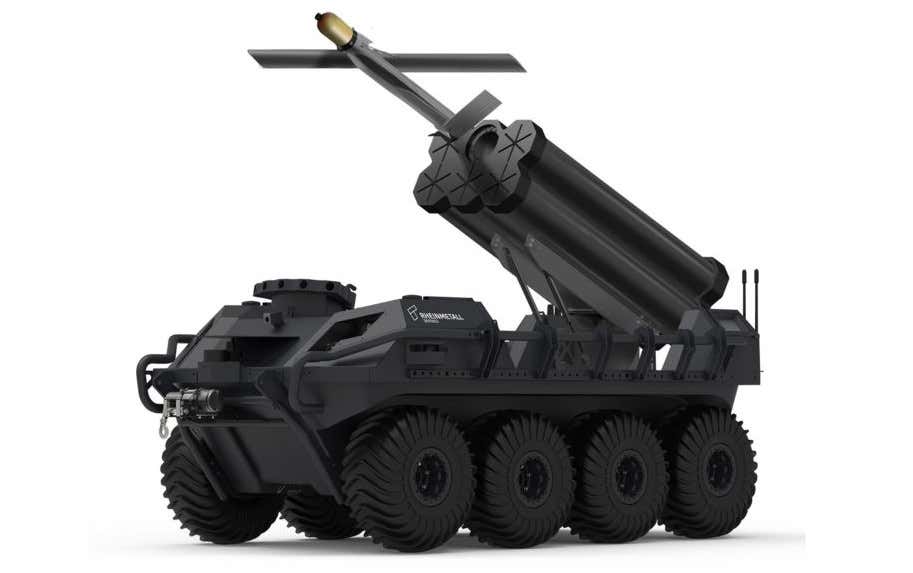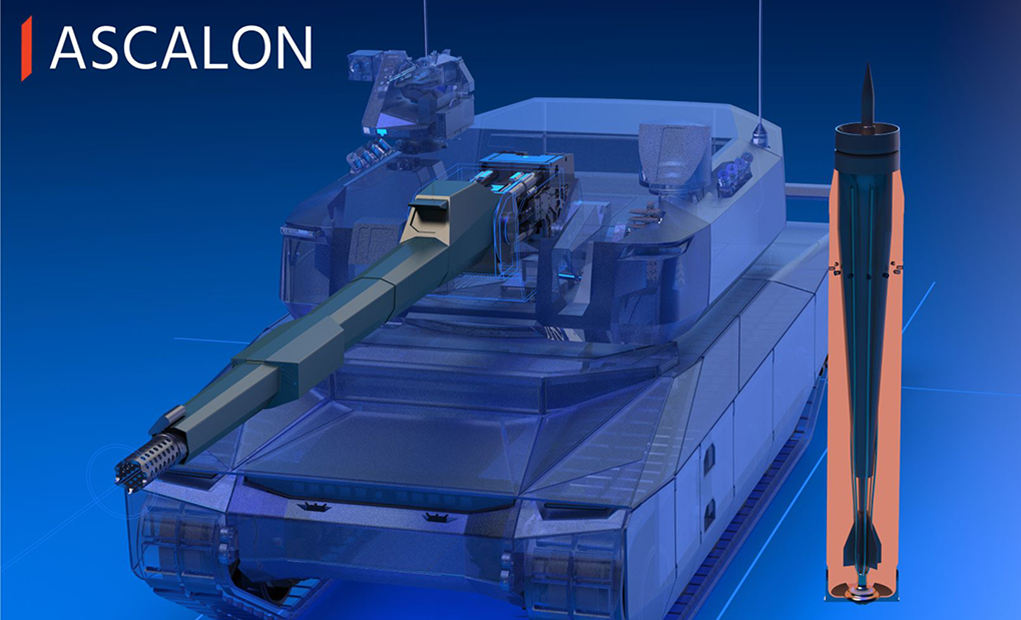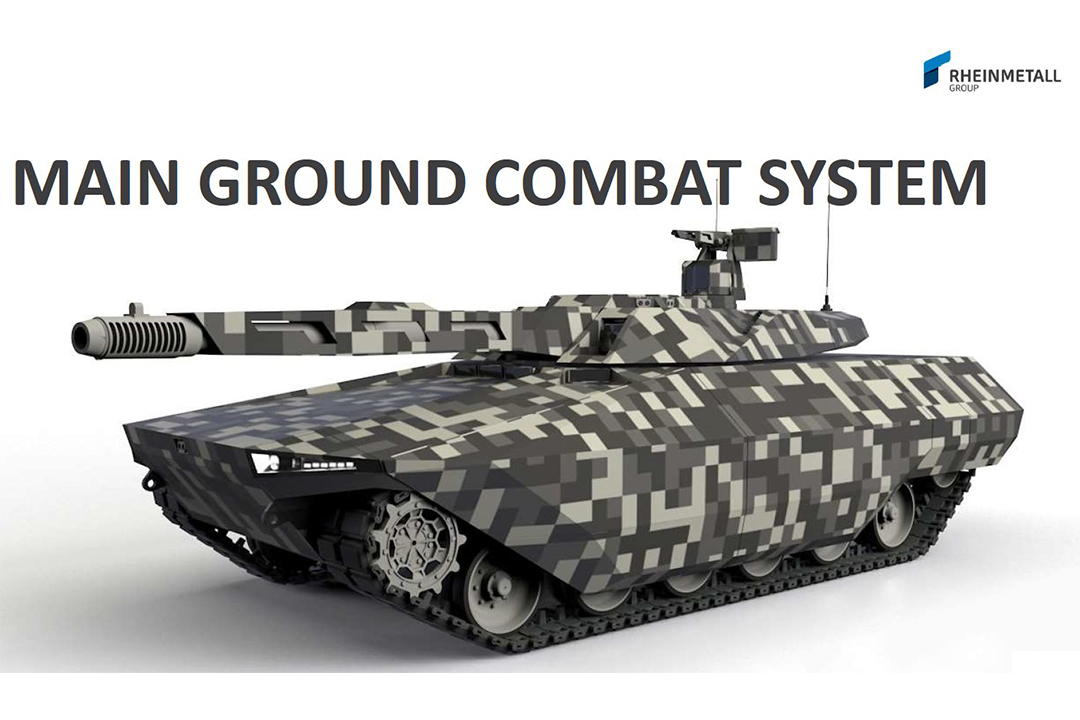Big_Zucchini
Well-Known Member
Really? And so, what is my source, for what claim?Ok now I know where your biasness come from and you have weak source.
And what is my bias, and where does it come from?
Really? And so, what is my source, for what claim?Ok now I know where your biasness come from and you have weak source.
Yeah you haven't really answered any of my questions.With your replies and source you follow, I am now not surprise you are not aware that Rafael wasn't a company prior to 2002.
Just to circle back on this, India appears to have completed development of their own top-attack ATGM, the Amogha-3. Top-attack munitions will become more and more common, and the threshold for operating them will get lower and lower. The recent conflict in Azerbaijan is a good example of their mass usage.Regarding APS, the whole APS vs top attack situation is quite funny. Absurd, even.
The only APS that can defeat a top attack missile are western.
The only ATGMs in service that are top attack, are western.
Well there's the Chinese copy of the Spike NLOS but that's an exception to a still solid rule.
So do not worry about it.
Worry for the Russians, whose Afganit can only deploy smoke against the tens of thousands of Spike missiles serving in 32 countries, or the even more abundant Javelin that is common enough on Russia's borders.
Yeah, I honestly don't know what to say. Maybe if there was another major flare-up in Ukraine and the LDNR lost a few (or few dozen) armored vehicles to them, it would come as a wakeup. After they saw the T-72B3 performance, they quickly rolled out the T-72B3M (B3 saw action in summer of '14 and winter of '15, by spring of '16 the B3M was sighted near Rostov-na-Donu).Many current generation MBTs already have the capability to defeat top attack munitions. But it is bizarre that Russia neither develops its own platforms to deal with them, nor develops its own advanced ATGMs.
Russia has apparently deployed and tested in Syria its own lineup for loitering munitions, based around the Zala Kub and Lancent. Details are lacking and we only recently got confirmation of this in an interview. Hermes is larger and appears to be multi-purpose guided missile whose place in the ORBAT remains murky. I think it would be a good replacement for current ATGM carriers in brigades. There's OKR Sokol, a project for a barrel-launched ATGM meant for both current-gen and T-14 MBTs that's also top-attack. So that's where that stands. I suspect that in a small-medium conflict fought in the near future (3-5 years) we would definitely see Russia using at least some and at most many top-attack munitions of multiple types. Though Russia is definitely behind many countries here, largely due to inertial thinking about the ATGM and how it's to be employed.It had the Hermes missile system in development, I'm not too sure about the details but it's a sort of modular, 3rd generation missile intended for the brigade or division level, instead of the company or frontline platform level.
I'm not sure what 4th and 5th gen refers to here. Currently ATGM generations, as far as I can tell, and with all the reservations that normally come with dividing military hardware into generational categories, 1st gen wire guided, 2nd gen beam-riders, 3rd gen fire and forget top attack. These are of course broad generalizations and some have referred to the newest Kornet variant with the new warhead and the range of either 8 or 10 kms, depending on who you believe, as a 2.5th gen ATGM. To make matters more complex while 3rd gens are broadly available to 1st world countries, second-gen beam-riders and in some cases even wire-guided 1st gens, are still in service. Complete replacement seems to be too expensive even for quite wealthy operators. So what would a 4th or 5th gen ATGM be? Are you referring to the hypersonic Hermes Variant called Klevok that was recently mentioned?Russia has the technological base to skip straight to 4th gen, and quickly adapt to 5th gen on the same hardware by putting its next gen platforms to production and use, and generally invest in theater-wide, all-user networking.
But apparently other items have a higher priority, for some reason.
Within circles debating defense matters, generations of ATGMs and tanks exist in a somewhat uniform matter, but they're not official. There's no real official definition of generations of these types of hardware as a global standard, and any system is almost as good as any other.I'm not sure what 4th and 5th gen refers to here. Currently ATGM generations, as far as I can tell, and with all the reservations that normally come with dividing military hardware into generational categories, 1st gen wire guided, 2nd gen beam-riders, 3rd gen fire and forget top attack. These are of course broad generalizations and some have referred to the newest Kornet variant with the new warhead and the range of either 8 or 10 kms, depending on who you believe, as a 2.5th gen ATGM. To make matters more complex while 3rd gens are broadly available to 1st world countries, second-gen beam-riders and in some cases even wire-guided 1st gens, are still in service. Complete replacement seems to be too expensive even for quite wealthy operators. So what would a 4th or 5th gen ATGM be? Are you referring to the hypersonic Hermes Variant called Klevok that was recently mentioned?
I disagree with you on this. Specifically, those missile tanks as a concept are obsolete. They were designed around the technological realities of the 70's through early 2000's. Specifically, they were made as a camouflage, so that enemies with okay-ish VISINT would see them as ordinary tanks and therefore low priority targets.OKR Sokol is what made me think of the Israeli "missile tanks", and then the potential for integration of NLOS munitions into a next-gen MBT.
This is helpful I think, thanks.Within circles debating defense matters, generations of ATGMs and tanks exist in a somewhat uniform matter, but they're not official. There's no real official definition of generations of these types of hardware as a global standard, and any system is almost as good as any other.
Past definitions of generations may have been valid, but were not renewed and led to great confusion as technology progressed.
Therefore I will propose a new categorization system, which includes recent developments. Generations go as such:
1. MCLOS - manual command only, most primitive form of optic-integrated guidance.
2. SACLOS - semi automatic guidance where an operator must keep his sights on target at all times, but no longer has to use other controls.
3. Fire and Forget - a sensor is mounted on the missile instead of the CLU, and guidance is automatic. This marks an inherent and irreversible jump in ATGM costs.
4. FO&U - Fire, Observe, and Update, adds onto the F&F mode and allows an operator to see what the missile sees, and many capabilities that this permits like re-targeting, aborting, or even hitting an NLOS target. Practically, because it provides an amazing vantage point for visual intel, operators of such missiles no longer use F&F mode regularly.
5. Adds networking capability to operate in a network-enabled battlespace. Allows employment of the missile even by units that do not have it, by calling one from another unit. Significant reduction of the OODA loop is enabled.
This is not entirely inofficial though. Industry has called missiles like the Spike 4th gen missiles, and Spike LR2 and MMP as 5th gen.
Perhaps I wasn't expressing myself accurately. I didn't mean that the future is missile tanks. I meant that this is what got me thinking in terms of FMBTs carrying some sort of NLOS guided capability.I disagree with you on this. Specifically, those missile tanks as a concept are obsolete. They were designed around the technological realities of the 70's through early 2000's. Specifically, they were made as a camouflage, so that enemies with okay-ish VISINT would see them as ordinary tanks and therefore low priority targets.
The Rafael offering for Poland right? It practically mirrors existing Chinese and Indian designs, at least at a glance. The BMP-mounted one looks even more similar to the Amogha 3. That's kind of what I imagined too, especially with dedicated ATGM carriers still being in the ORBAT for some countries, while the capability they provide with a SACLOS ATGM is simply not worth a dedicated platform.Of course, the idea of missile hubs, is certainly a good one. But it's not what they were.
I think the missile hub of the future should be something along the lines of Poland's next gen tank destroyer, for the battalion level operations, and an MLRS integrated with rockets and missiles like the Hermes for example, for the brigade level.
Oh, then yes I agree with you on that.Perhaps I wasn't expressing myself accurately. I didn't mean that the future is missile tanks. I meant that this is what got me thinking in terms of FMBTs carrying some sort of NLOS guided capability.
Technically, not a Rafael offering only but still a competition, but yes. I haven't thought about China's and India's visually similar systems.The Rafael offering for Poland right? It practically mirrors existing Chinese and Indian designs, at least at a glance. The BMP-mounted one looks even more similar to the Amogha 3. That's kind of what I imagined too, especially with dedicated ATGM carriers still being in the ORBAT for some countries, while the capability they provide with a SACLOS ATGM is simply not worth a dedicated platform.
I think btln is about as low as you can go, because any lower and you're giving ultra expensive hardware carrying a lot of ultra expensive munitions at once, to an organizational level that does not have a lot of technical expertise, and has a lot of grunts that destroy things too easily.But perhaps, with this new reality, a new ORBAT is needed that makes SP NLOS GM carriers a btln-level asset, not dissimilar to btln mortars? Especially for mechanized formations



There is no mention of a 130mm gun in the article. To the contrary. France is interested in demonstrating and pitting its 140mm against Rheinmetall's 130mm.Possible gun option for the next Euro tank. Blends case telescoped ammo in a 130mm gun seems to have some soft recoil to. If this does what it says on the tin it would have a more compact shell to.
Nexter Develops A Scalable Gun for Future Tanks - Defense Update:
Nexter-KNDS unveiled today an innovative concept for a large caliber gun system for main battle tanks designed to overmatch the heavy threats expected in the 2040-2050 timeframe. The "Autoloaded and SCALable Outperforming guN" (ASCALON) concept is designed to cope with the latest generation of...defense-update.com
I confused length with bore thankyou for correcting me. It’s listing a 130 CM length. You are correct vs 120mm however the 140mm rounds from past concepts were well over doubled the length of 120mm. The XM962 which was a APFSDS round for the Abrams 140mm demonstrator CATTB “Thumper” was 1,482mm long. An M829A1 equivalent from the same era being 984mm long. So clearly vs the 140mm unitary types of the past this would be more compact. Though obviously huge. Vs the 130mm I don’t have solids but estimated length of shell is 130cm. Meaning a pretty consistent length.
- Compact ammunition: with a maximum length of 130 cm, ASCALON telescoped ammunition will be more compact than an equivalent calibre ammunition. It can be stored and integrated in a self-loading turret, a technology mastered by Nexter and proven over many years on the Leclerc tank.

I'm honestly not sure what you are claiming exactly. Are you saying that the Merkava 4 is a 5th generation MBT? Because according to current conventional definitions existing MBTs are all 3rd generation... and it's not not clear how installing top-protection on an MBT automatically puts it in a new generation. Would a T-34 with top-attack protection qualify as a"fifth generation"?The only fifth generation is Merkava4 with Trophy will be installed In Leo2 CHALLENGER3 AND ALL READY IN Abrams it still 4 generations only Merkava4 have protection from top against Javelin and else about the most world by New generation of missile Spike best choice there is test 2 target in Estonia
I doubt that very much. All it is is an upgrade of an existing platform. For it to be a breakthrough 5th gen platform it would have to be a completely new design with new technologies right across the board. Tis not it.The only fifth generation is Merkava4 with Trophy will be installed In Leo2 CHALLENGER3 AND ALL READY IN Abrams it still 4 generations only Merkava4 have protection from top against Javelin and else about the most world by New generation of missile Spike best choice there is test 2 target in Estonia.
